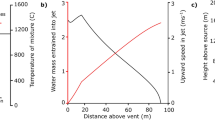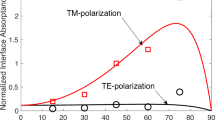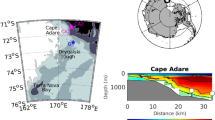Abstract
SIR RAY LANKESTER in one of his delightful popular papers describes how he found that the glowing light produced by rubbing quartz pebbles together could still be got when the rubbing was done under water, as, for example, when holding the pebbles submerged in a bucket. On the supposition that if the effect were connected with entangled or surface-adhering air it should be enhanced under a high pressure, an experiment was made. My occupation involves a good deal of diving work, and on a recent occasion I took down a few suitable pebbles to a depth of 21 fathoms. On rubbing them together sparks were produced to just about the same extent as when tried in a few inches of water. The light on the bottom was dim enough to allow of the sparks being seen, yet visibility was relatively good.
This is a preview of subscription content, access via your institution
Access options
Similar content being viewed by others
Author information
Authors and Affiliations
Rights and permissions
About this article
Cite this article
DAMANT, G. A Diver's Notes on Submarine Phenomena. Nature 106, 242–243 (1920). https://doi.org/10.1038/106242b0
Issue date:
DOI: https://doi.org/10.1038/106242b0



